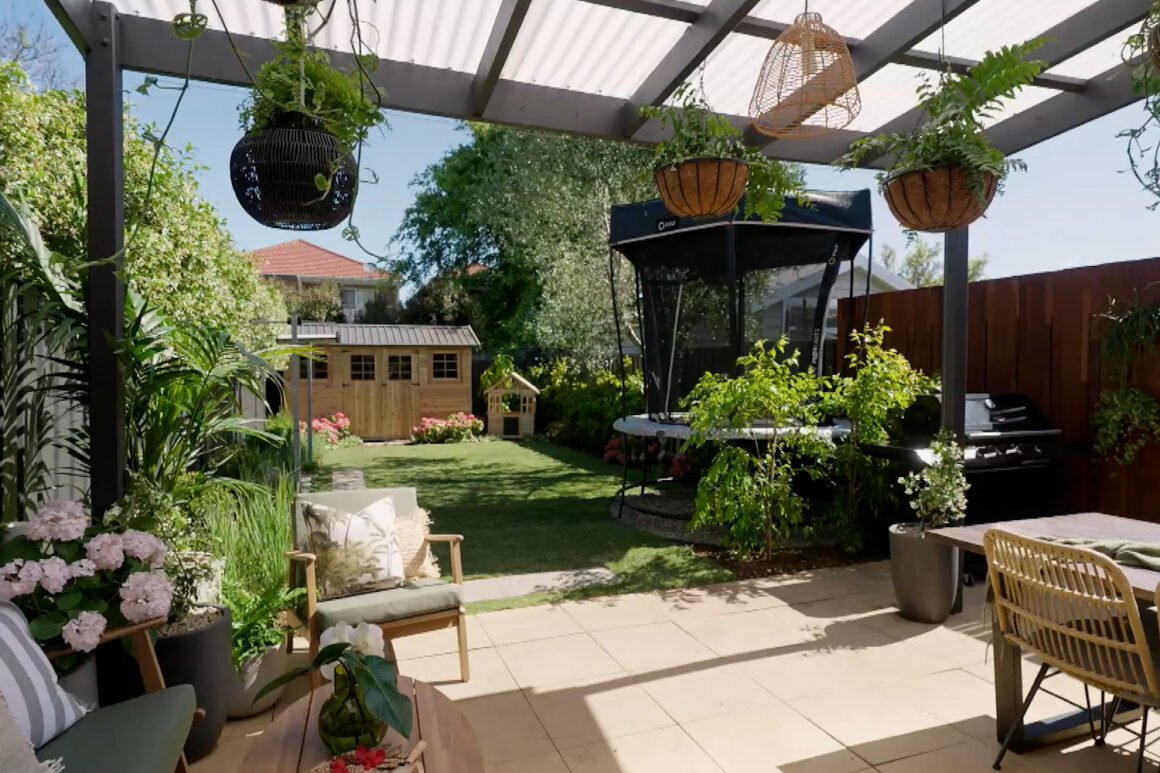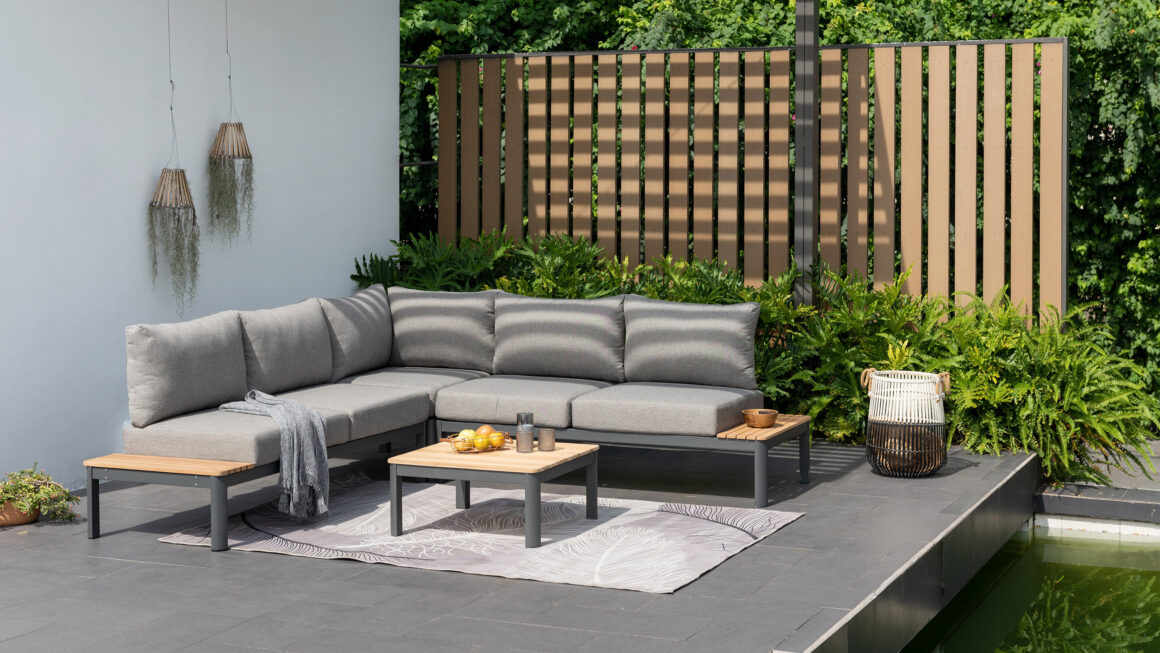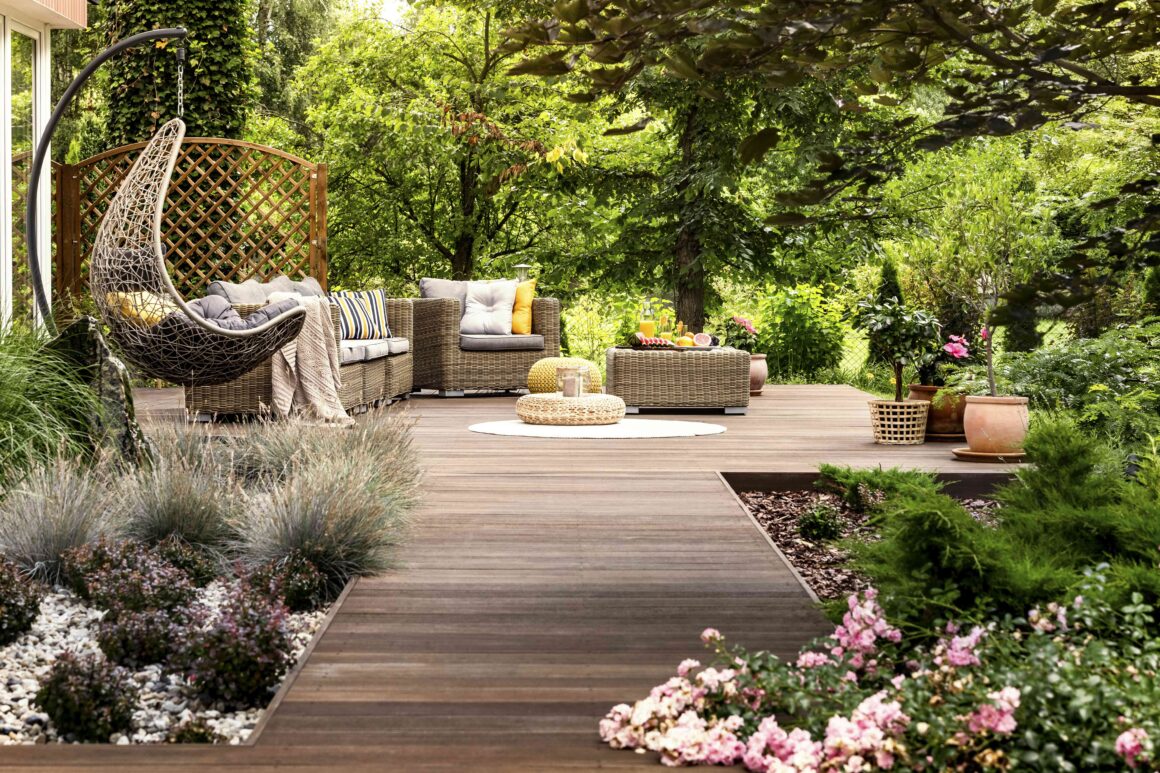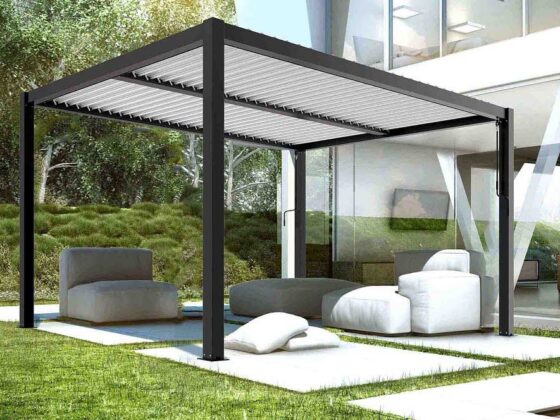Gardens are the perfect spot to escape the hustle and bustle of city life and just relax. That being said, just having a back garden space does not mean that it’s inherently great for your wellbeing or that it will even increase the value of your property. You need to go above and beyond and really invest your time and creativity into your garden so that you finally have a space that allows you to connect with nature. To get the most value out of your investment, you need to even go so far as to plan multiple functions.
What Is a Multi-Functional Garden?

Multi-functional gardens are spaces that have more than one use. A garden that has two deck chairs out on the grass has only two real purposes. One, to sit and relax, and two, to actively tend to your garden. If you want to get out there more, then you may want to consider adding more features.
You can always add multiple functions to any outdoor space. The difference is in how you design and outline the space for these multiple uses. Perhaps you need multi-use furniture, for example, or fold-away options that let you change up the space as you see fit. If you have a large enough property, you can have it all without feeling cramped, but even small properties can be wonderful multi-purpose so long as you use this guide:
What Does a Multi-Functional Garden Space Have?
Multi-functional garden spaces typically have more than one activity that they can support, either at a time or at least at once through the use of convertible furniture or reorganizing your deck. For example, a multi-functional garden may have an outdoor living room and a table for eating. This means that you can both lounge outside and also eat your meals out there. Multi-functional, of course, can be a mix of different types of activities. You can have a kitchen garden, a small lounge area, and a storage unit.
The purpose is to give you multiple reasons to get out there in your outdoor space. When you consider that the growing trend for many is to live in a flat, you’ll start to really appreciate how rare it is becoming to have a garden at all. Investing in the space can not only help you get the most out of your investment, but it can also increase the value of your home, making it a win-win upgrade for many.
How to Design a Multi-Function Garden Space

Designing a beautiful, multi-function space requires planning and a few key elements.
Measure Your Garden
The first step is to measure out your garden’s exact dimensions. You may have the garden’s dimensions on your property’s floor plan, but plants, trees, and bushes can change the amount of space you are realistically working with. Once you have those real dimensions, you can then use digital design tools (there are even free ones available) or just draw up a mock-up of your space to start working out just how much you have to work with.
Multi-Functional Essentials
●The Patio

There are two big essentials when it comes to designing any multi-functional space. The first is a patio of some sort. For many, extending the living space of their home into the outdoors is essential. This means having access to a table and chairs, an outdoor living room, or, at minimum, a barbecue. Furniture comes and goes, but what is essential is what it sits on. Investing in a stunning, flat, and easy-to-care-for floor from www.mystonefloor.com is just one great example. As the tiles are large format, they’re easier to maintain and give your space a stunning finish.
Tip: Do keep in mind that putting down tiles or even wood decking is not enough. You need to make sure that the ground underneath is flat and properly prepped to accommodate drainage; otherwise, buckling will happen.
● Storage
The second essential is storage. Even a small, watertight, and waterproof chest where you can store things like the cushions for your outdoor furniture will make a huge difference. The last thing you realistically want is to have to hunt through closets inside your home. Instead, make sure everything you need to maintain your outdoor space and get the most out of it is located within easy reach outside. This can mean putting up a small shed or getting IP67-rated or higher storage chests.
Designing the Space

Since you know the true measurements and the top essentials, it’s time to start plotting out your design. Try to pick out an example set of furniture you want to add to your garden and take the measurements so that you can accurately represent how much space they take up in your design. It’s all well and good to draw or add whatever table and chairs look good, but if you were hoping for a large dinner table and you can only fit a bistro, that is going to change your design.
For many, you’ll want to take up only as much of your garden as it takes to comfortably place the furniture and leave the rest for nature. Once you’ve done that to an attractive degree, you’ll then want to figure out how you can plan out your garden so that you get the most out of nature. This will typically mean taking advantage of the wall space or the patio barrier to add plant beds or multiple potted plants. If you’re hoping to do something like adding a raised patio bed, then hand over your ideas to your landscaper or gardener so that they can install one for you correctly.
So, in short, plan out the living spaces first, make sure all the furniture fits comfortably, and then design the garden around that space for maximum relaxation. While you absolutely should do the mock-up on your own, if you really want the best of the best in terms of design and execution, know you’ll likely want to get in touch with the professionals.


